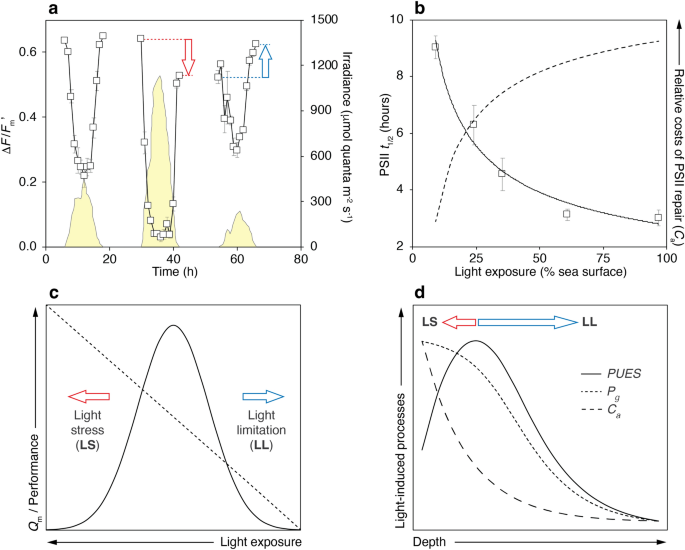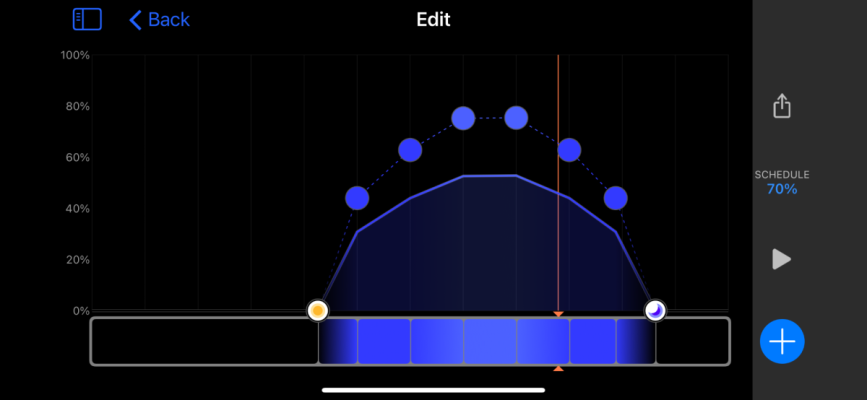What I get from all this, what I’ve seen and read is that if you provide enough par with only blue light to produce maximum coral growth, then there would be no advantage to adding white light other than aesthetics.
If you don’t have enough blue light to provide maximum growth by itself then adding in white light would probably be beneficial. This almost has to be the case as we’ve all seen that corals can grow with mostly white light and very little blue.
From what RedSea is saying it sounds like they’re claiming their lights can produce all the light the corals can possibly use for growth in the blue spectrum. Therefore turning on the white light would only be for looks.
If you don’t have enough blue light to provide maximum growth by itself then adding in white light would probably be beneficial. This almost has to be the case as we’ve all seen that corals can grow with mostly white light and very little blue.
From what RedSea is saying it sounds like they’re claiming their lights can produce all the light the corals can possibly use for growth in the blue spectrum. Therefore turning on the white light would only be for looks.





















